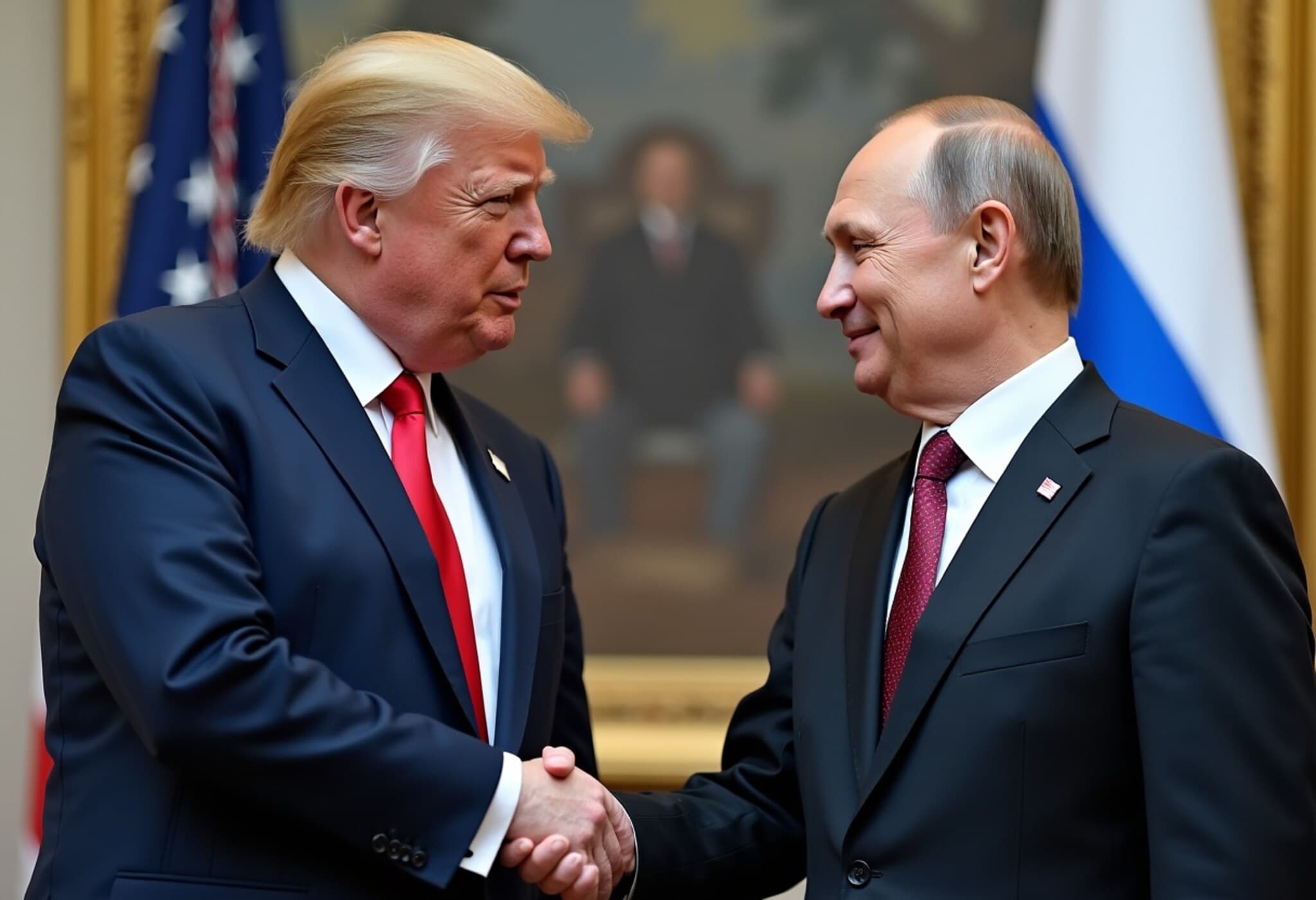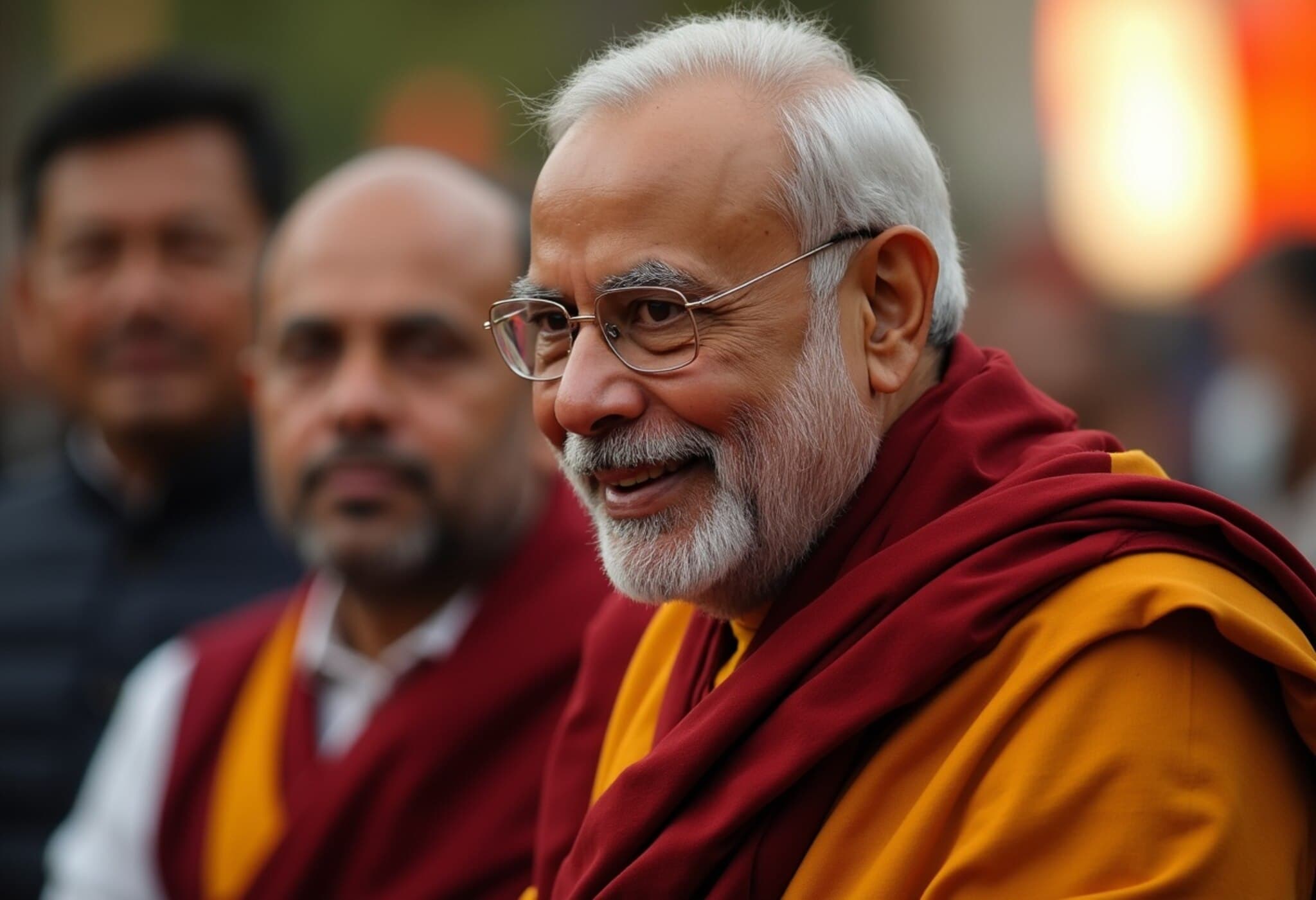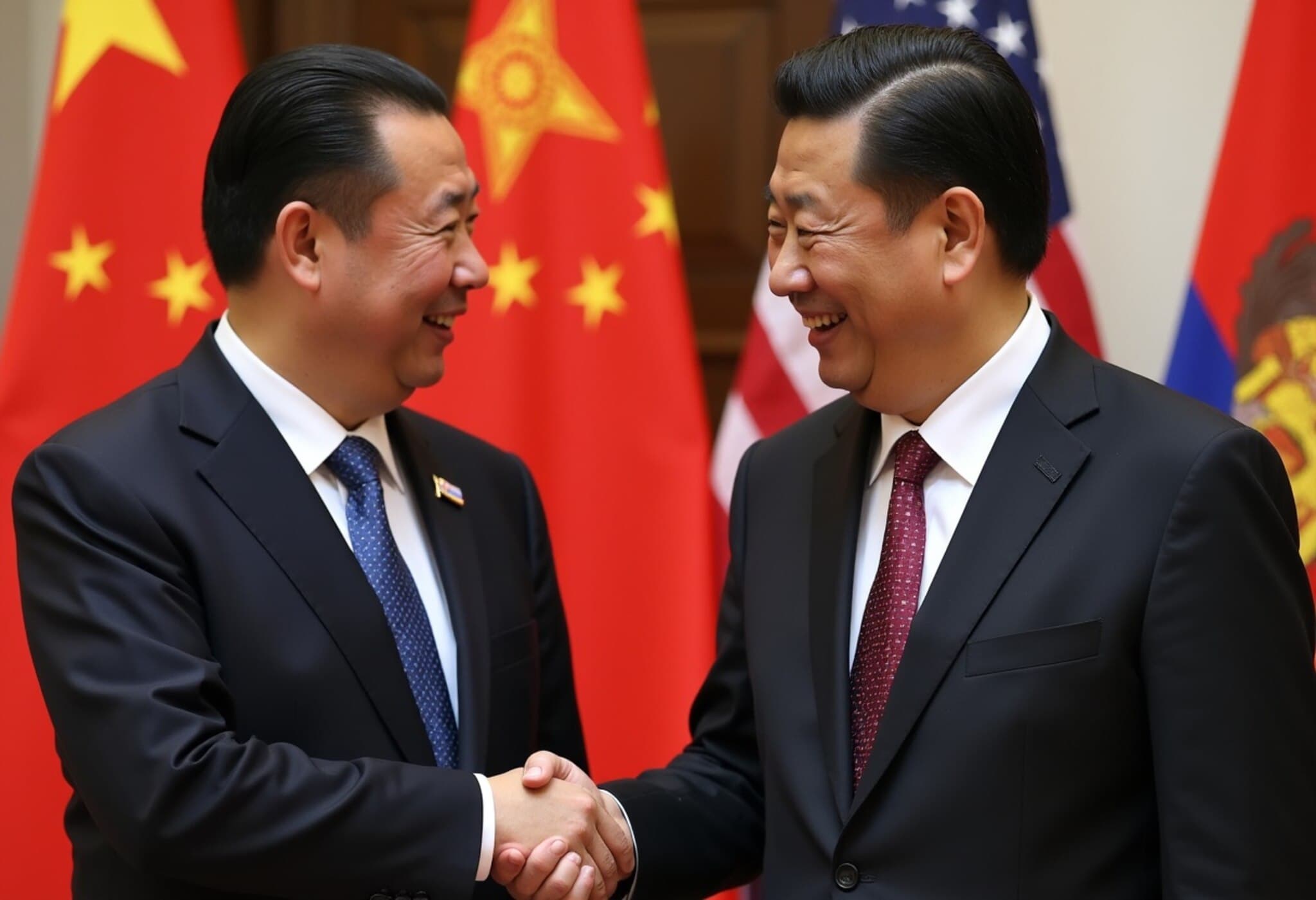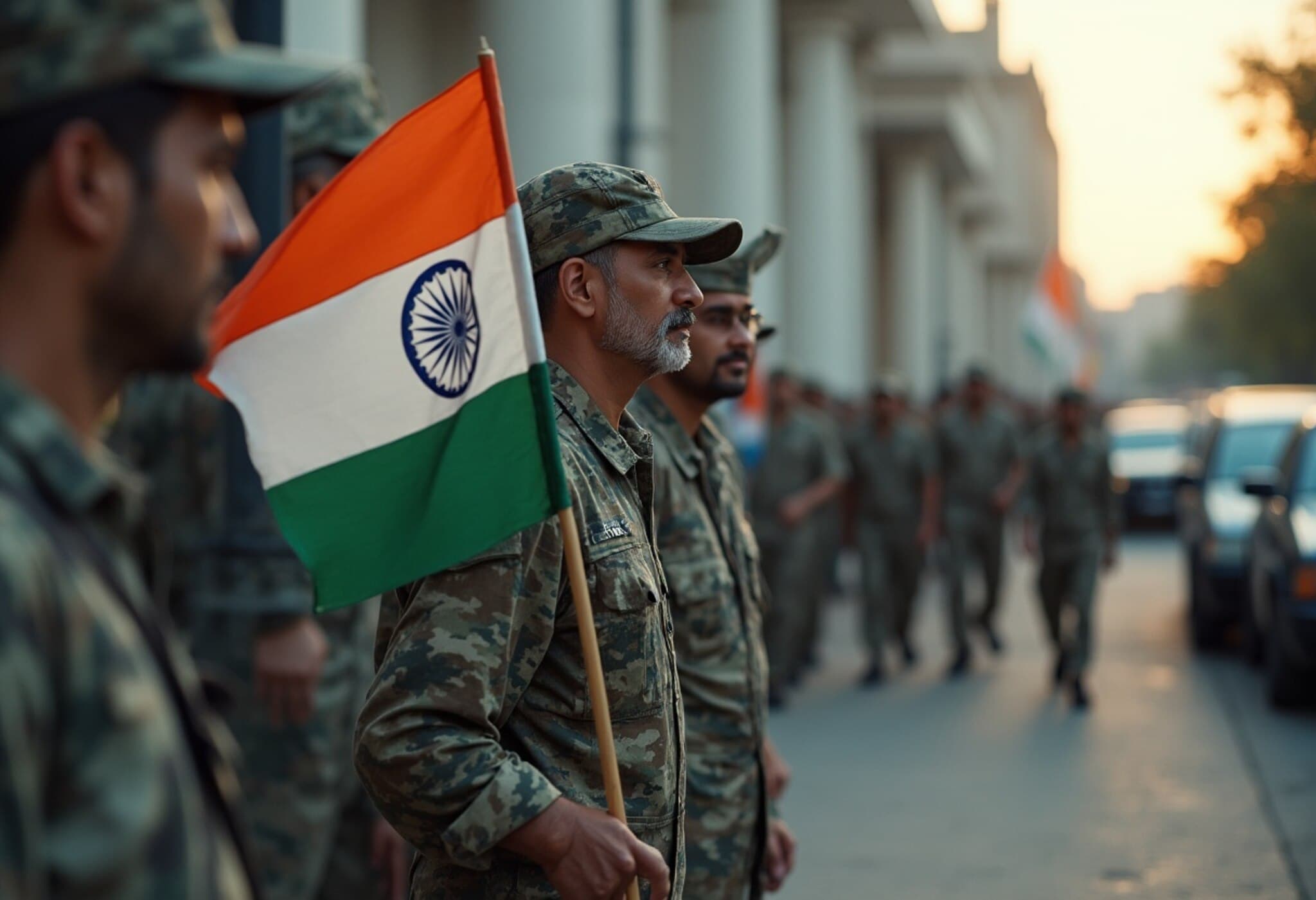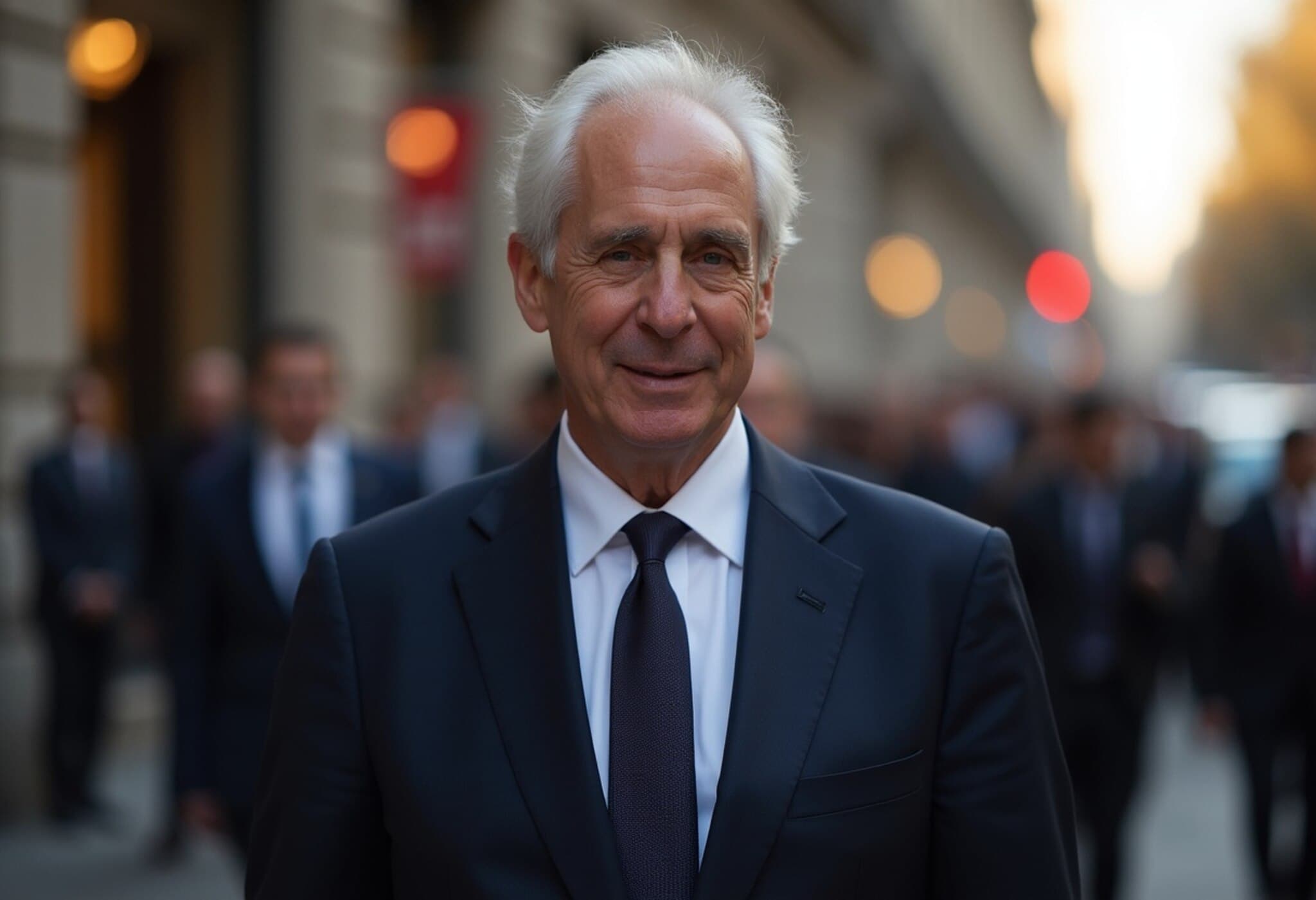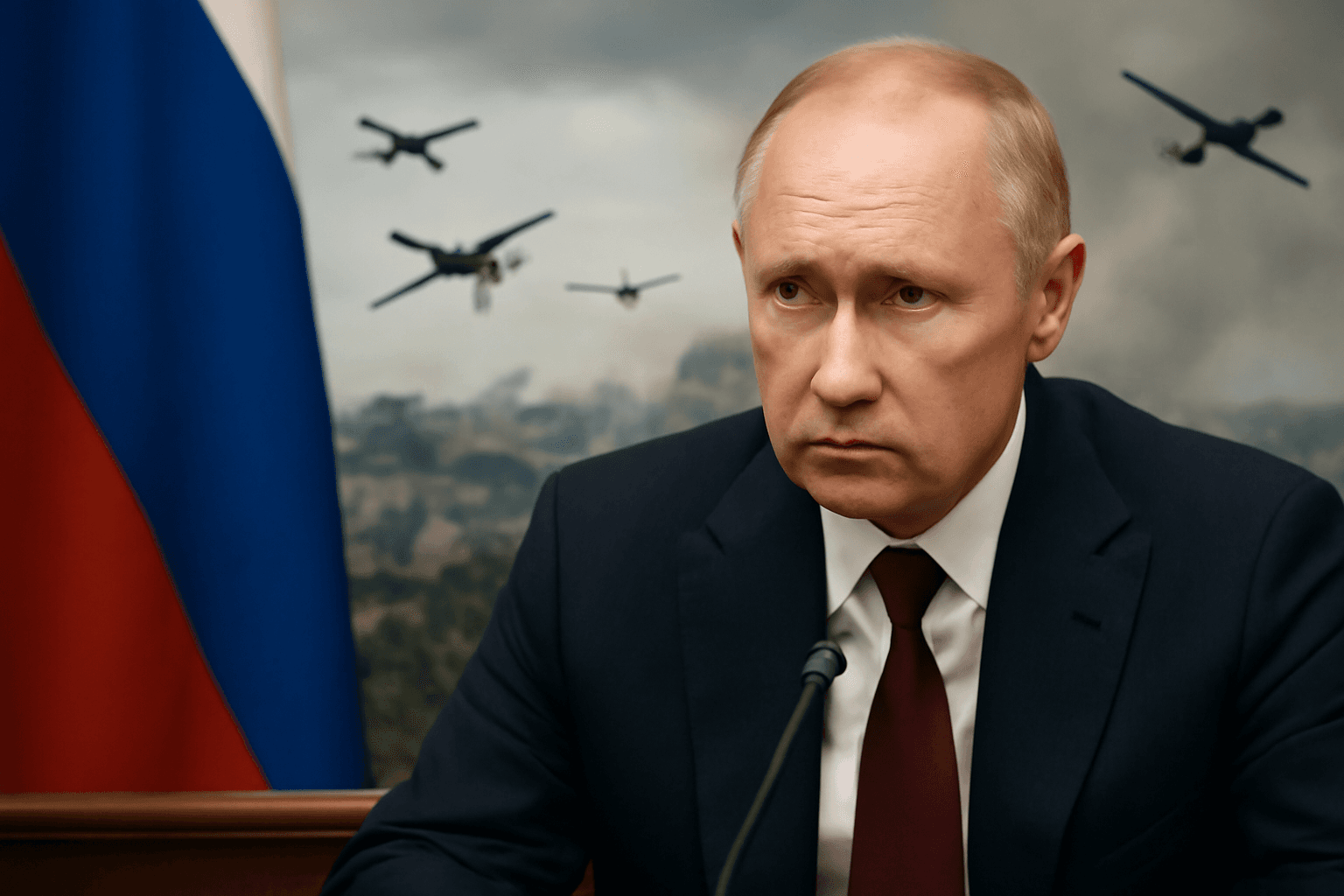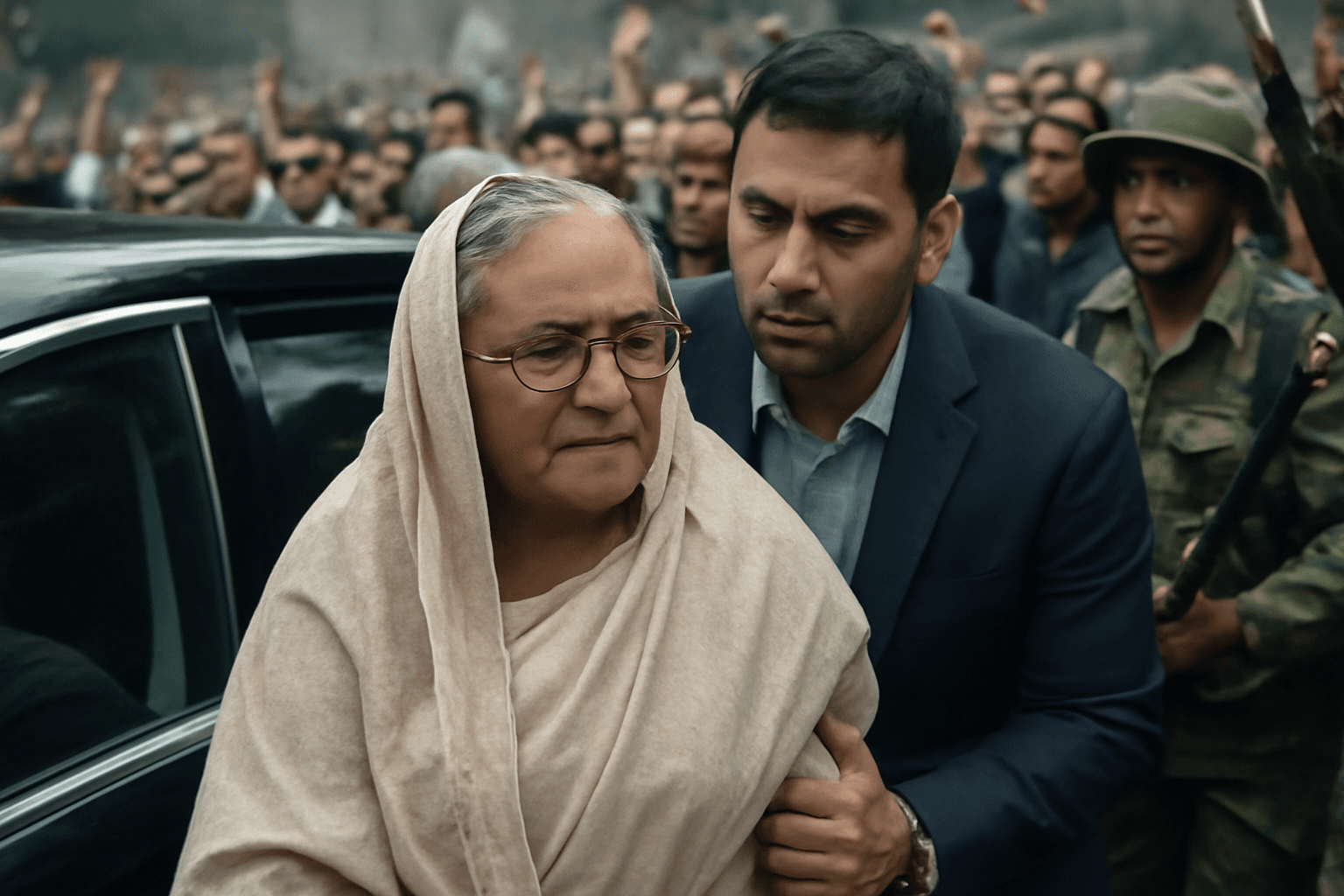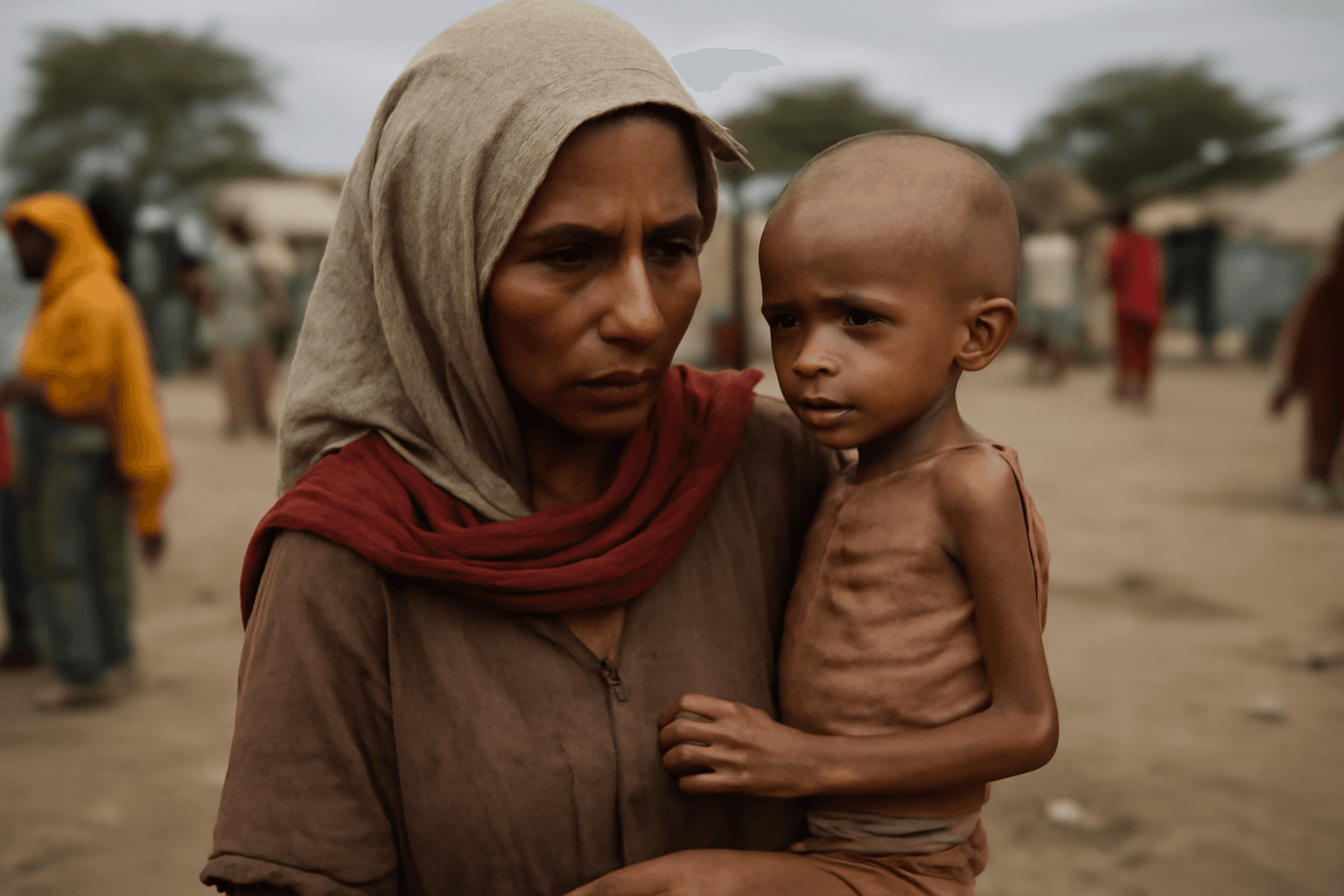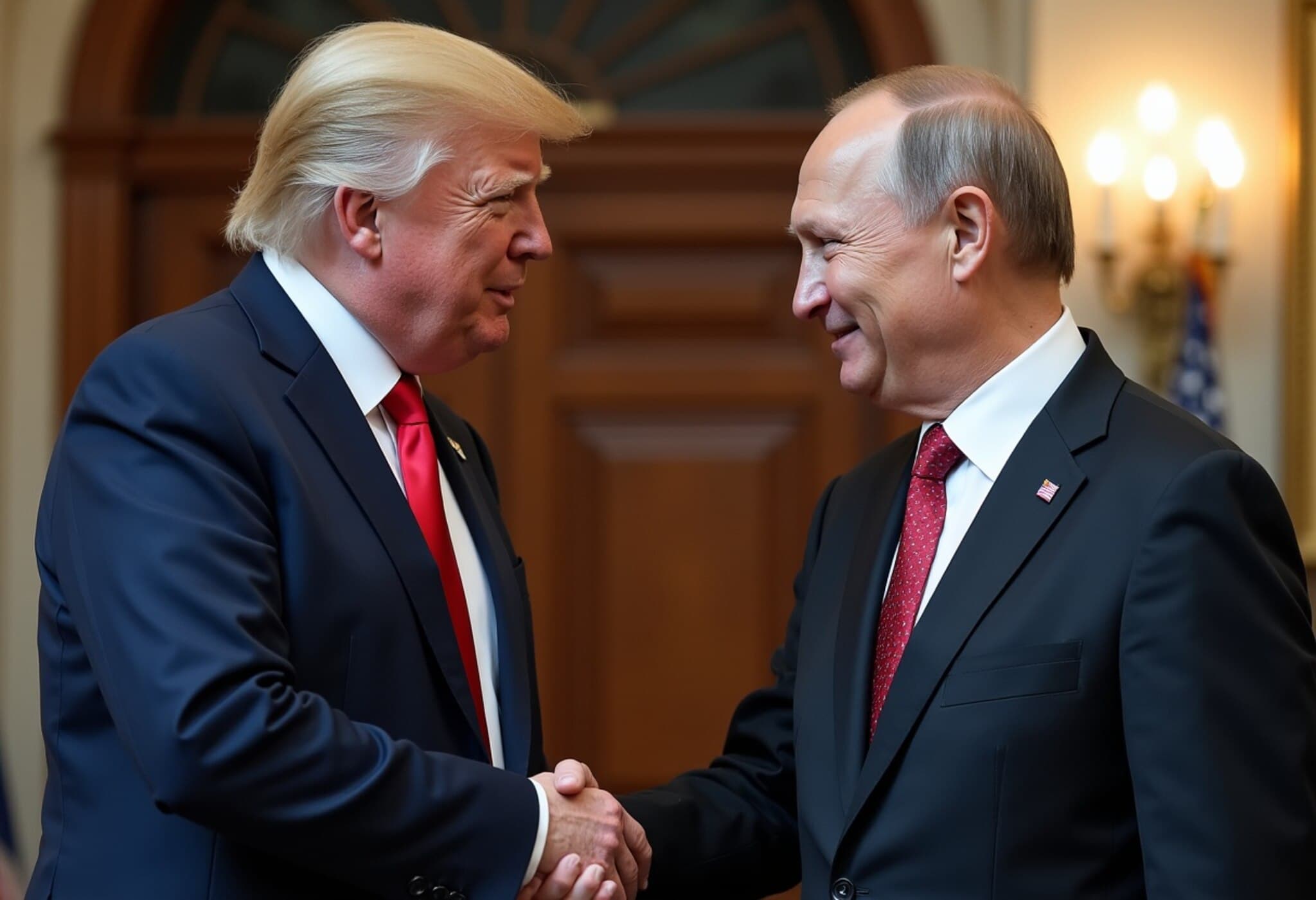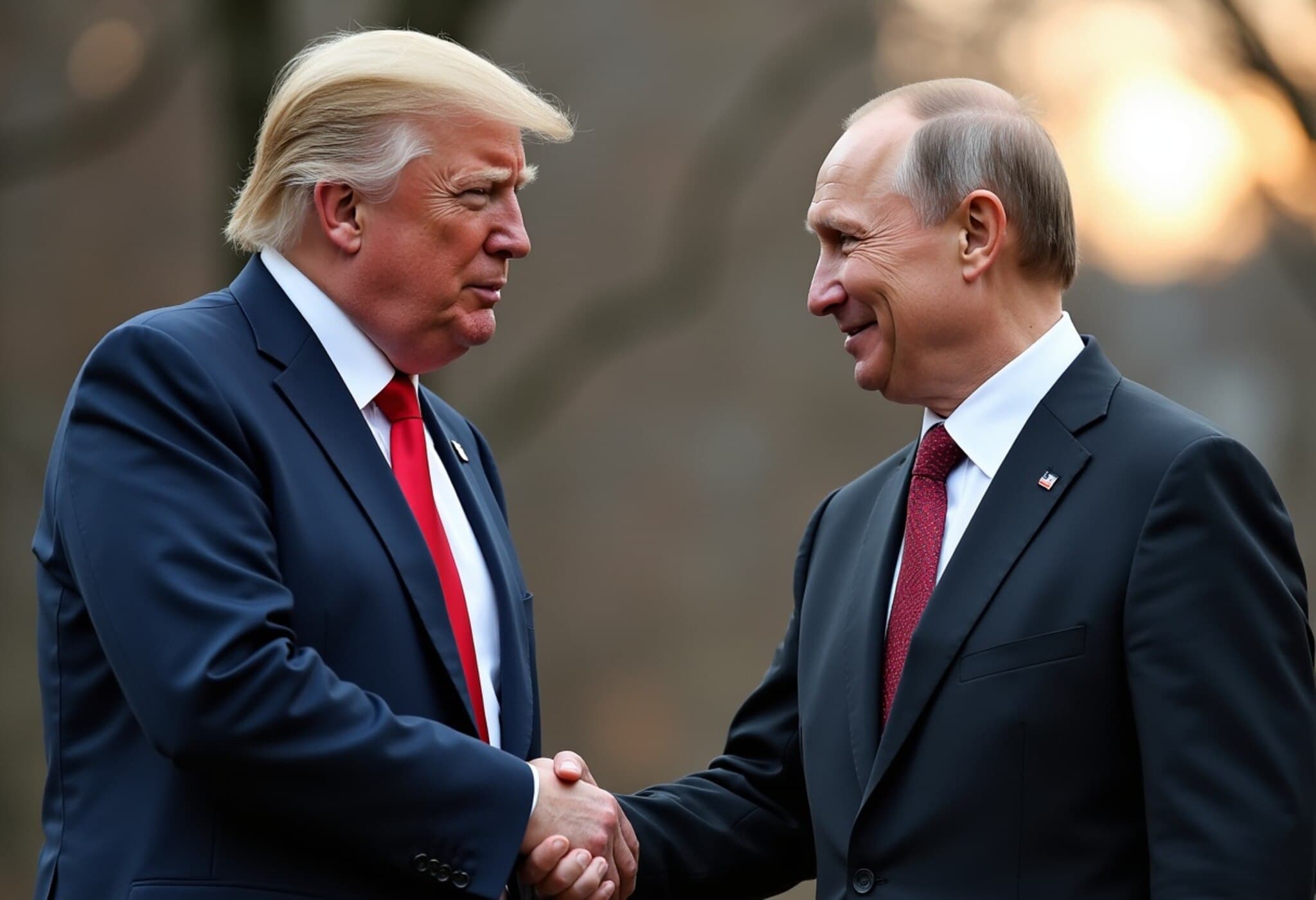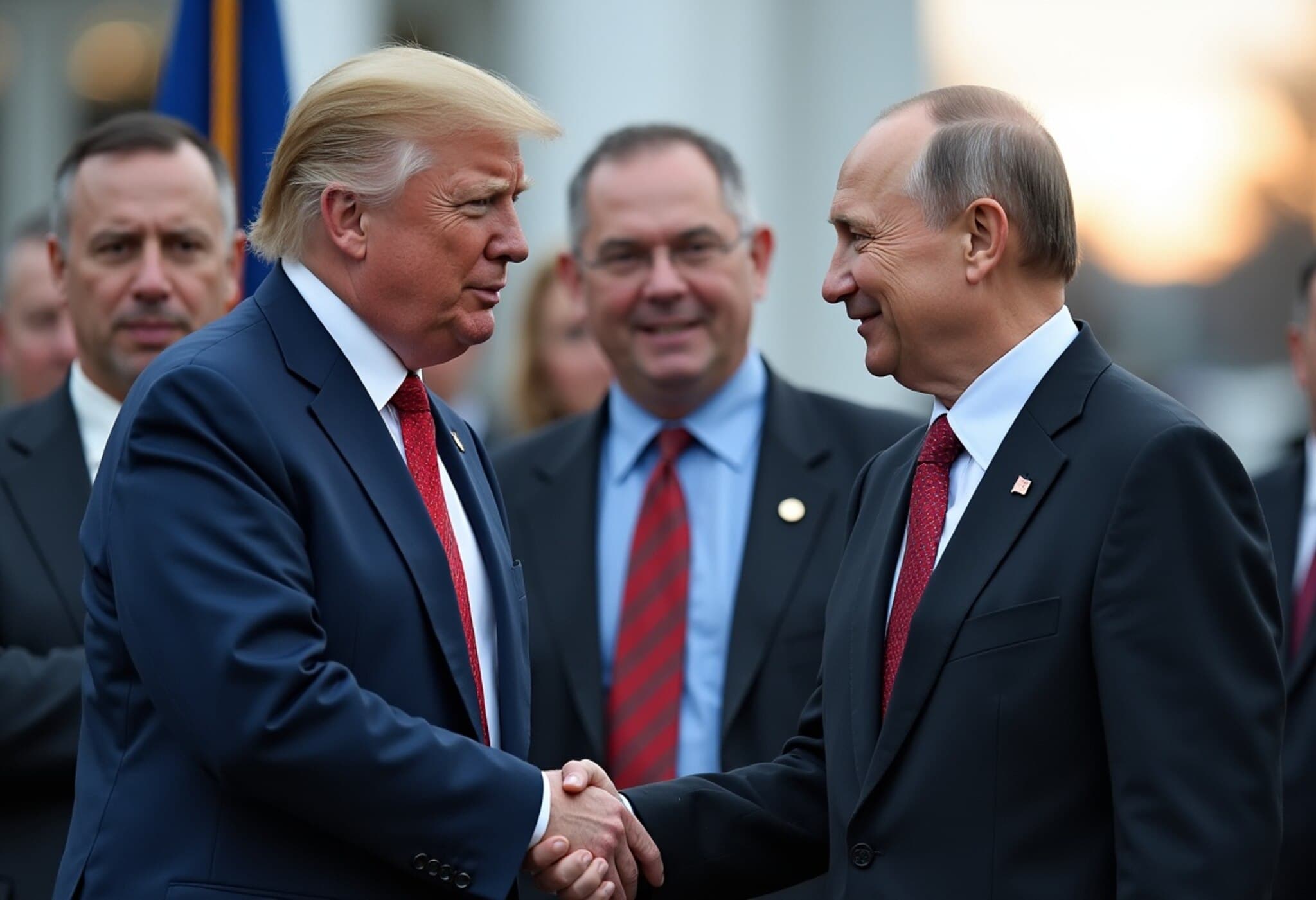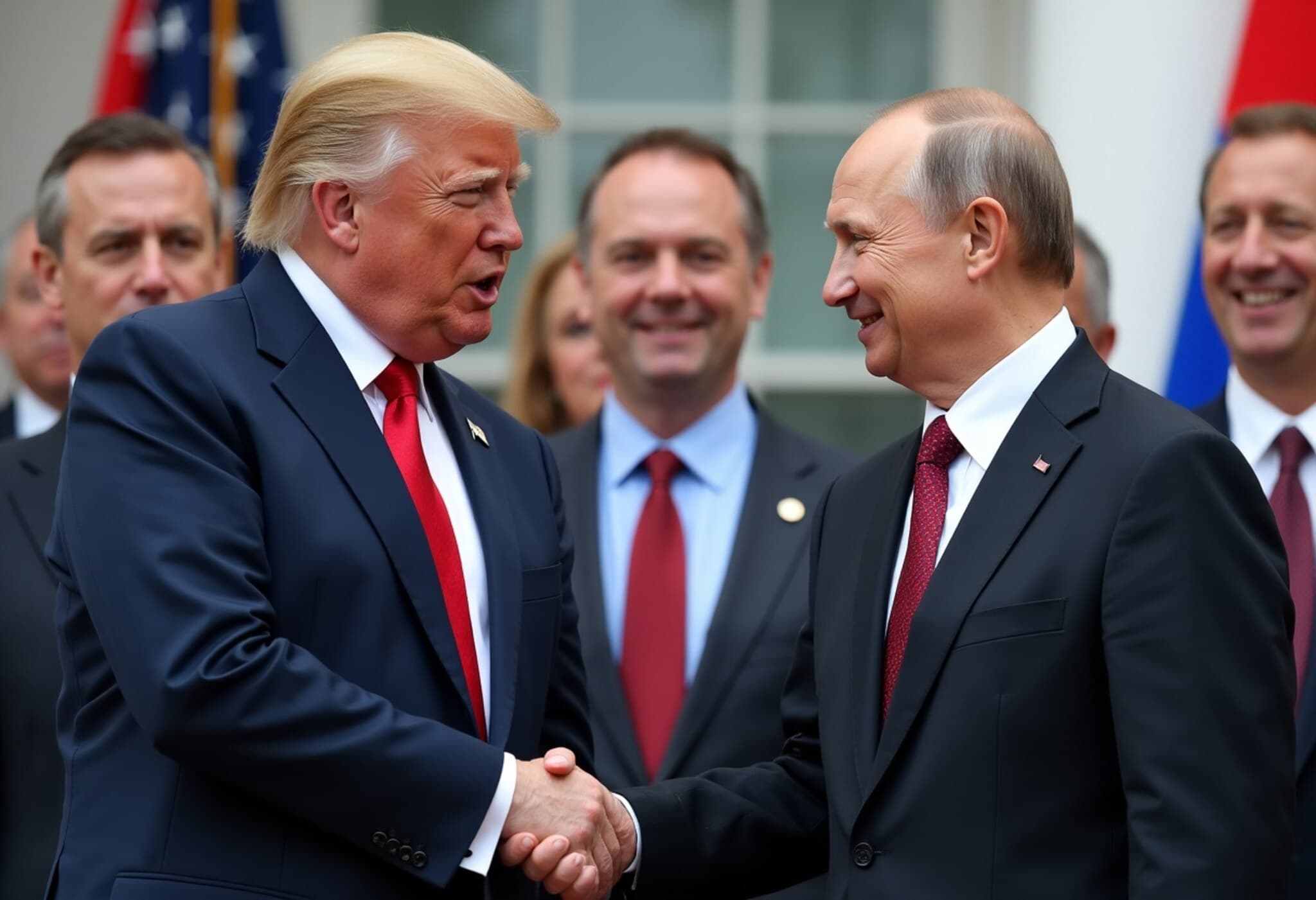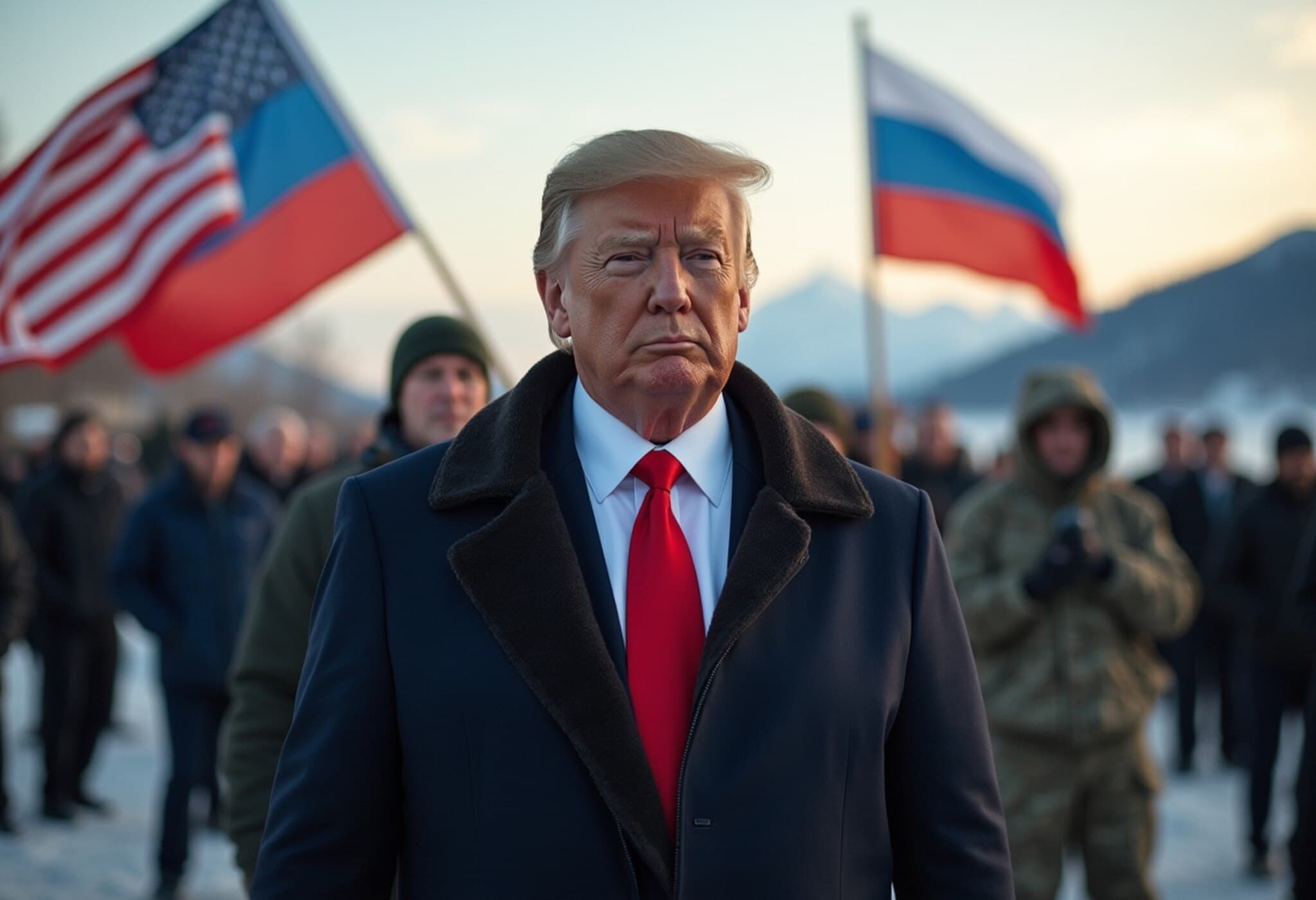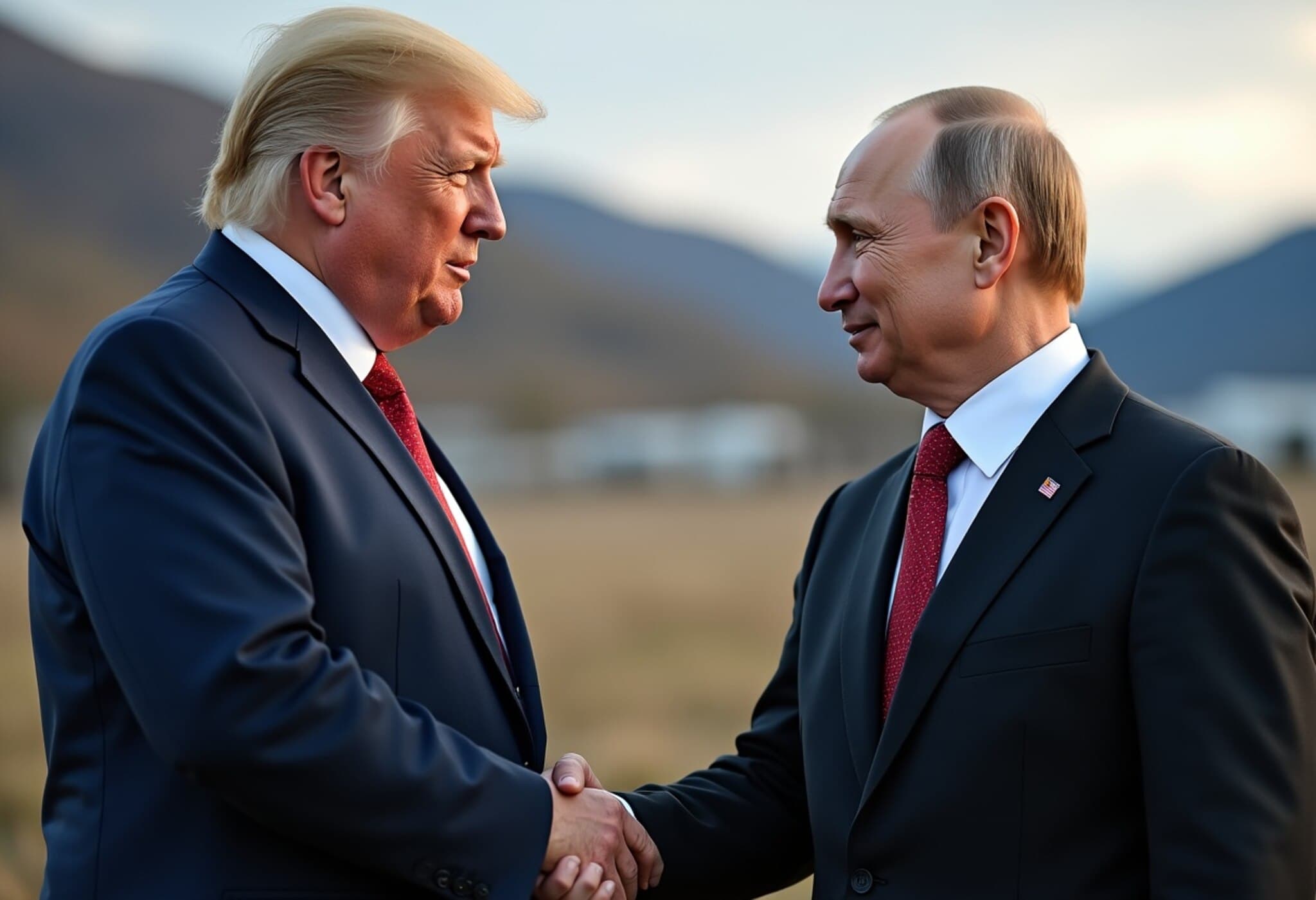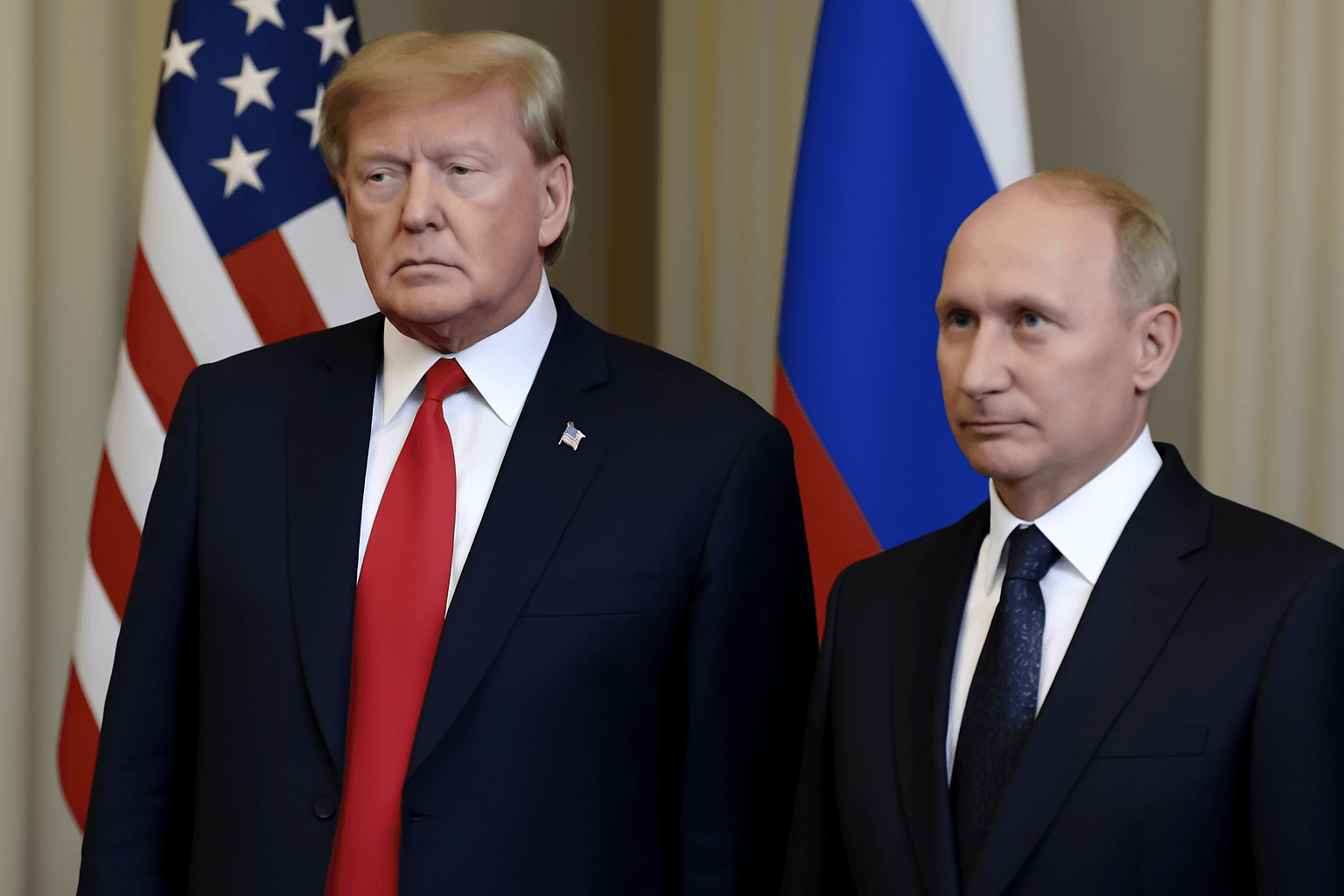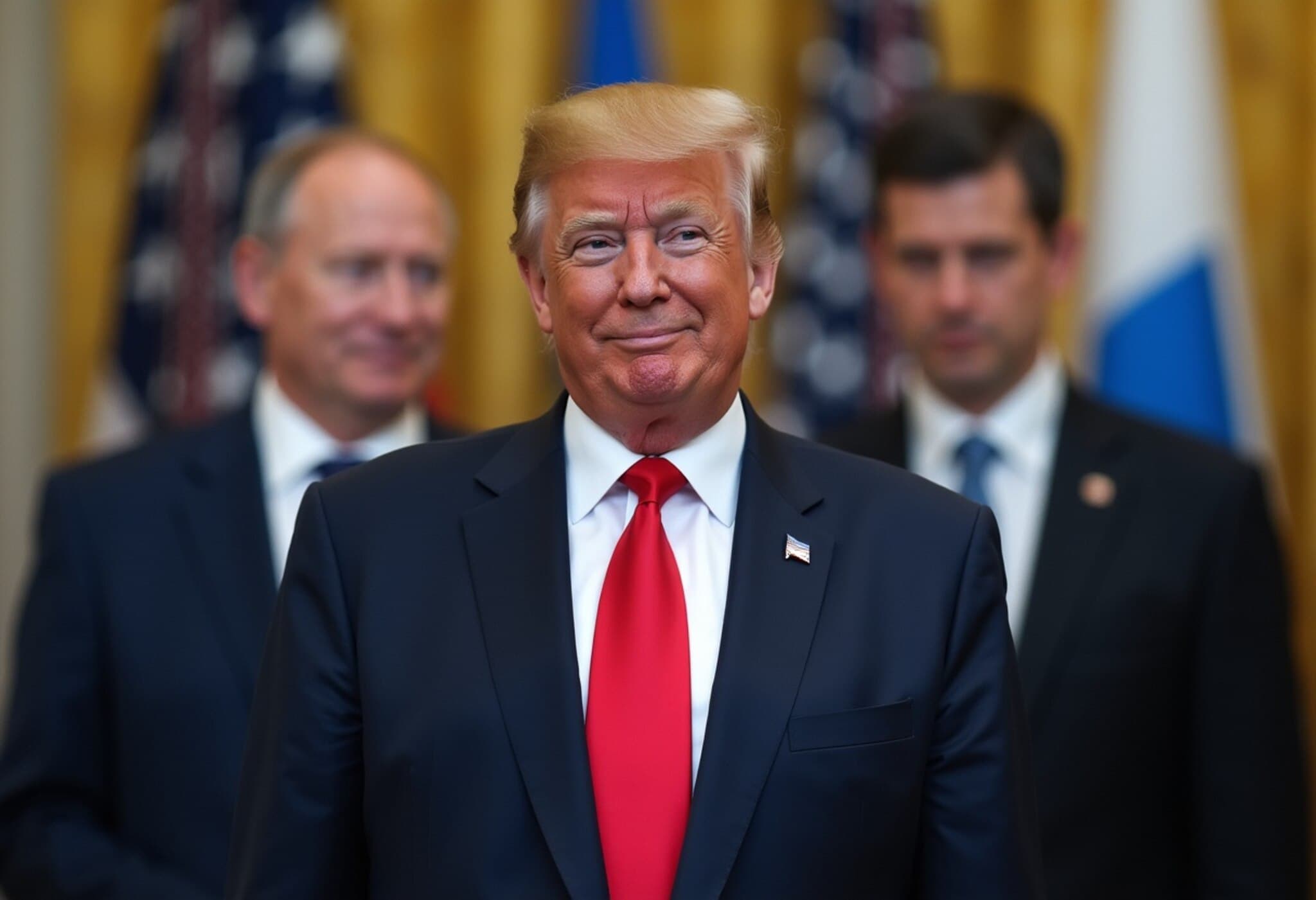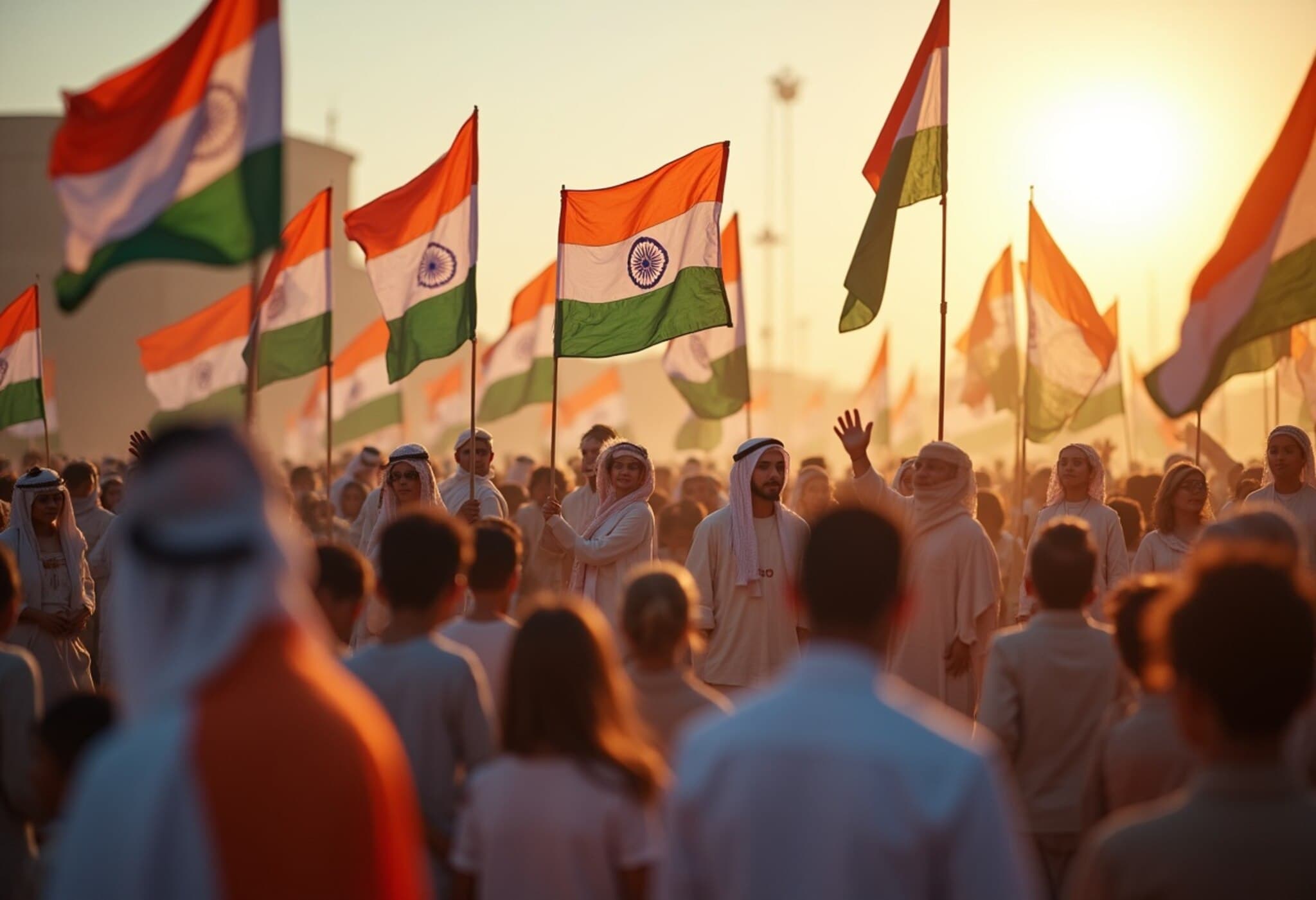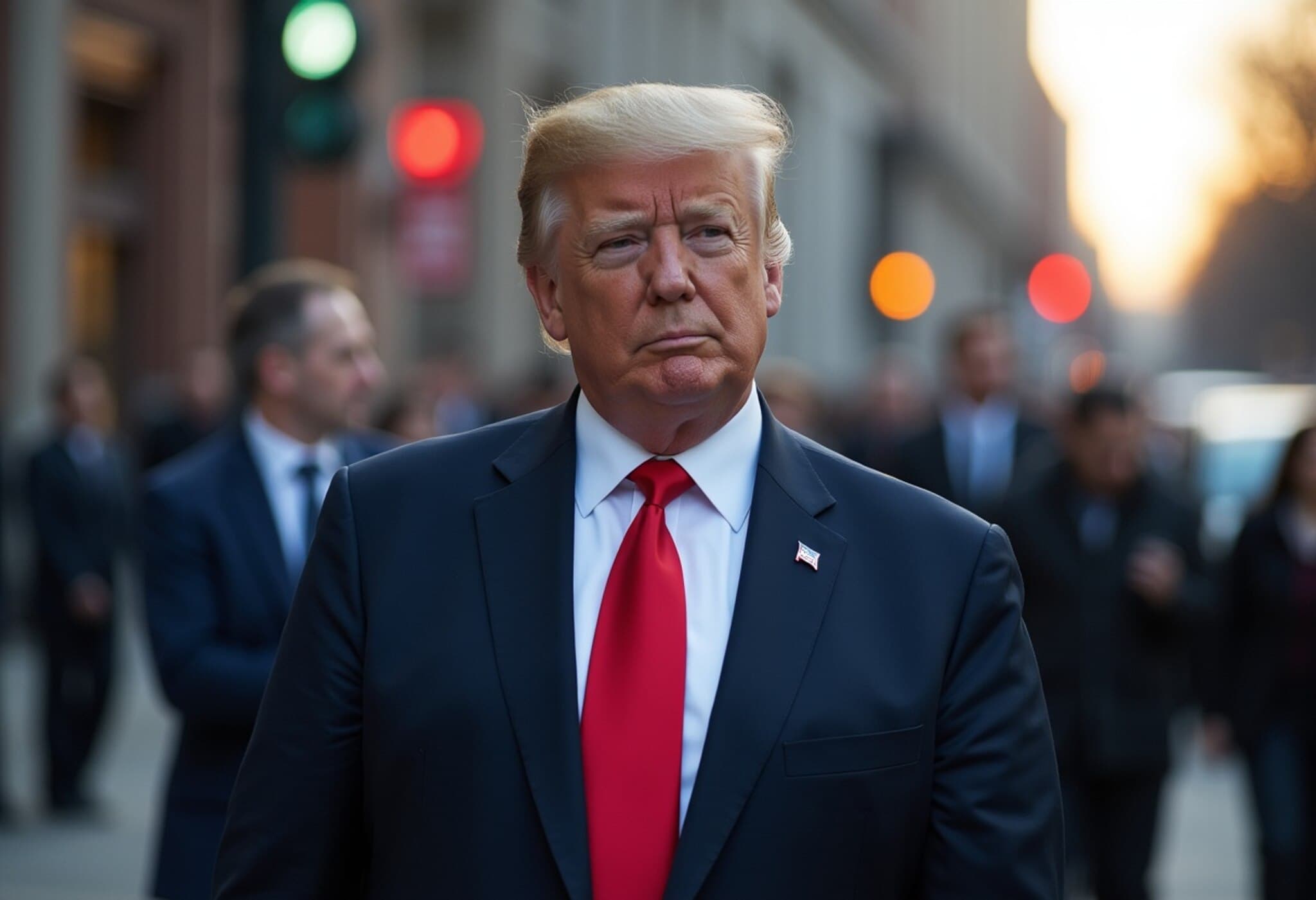Trump Departs for Alaska Highlighting High Expectations from Putin Meeting
On August 15, 2025, US President Donald Trump boarded Air Force One for a pivotal flight to Alaska, set to meet Russian President Vladimir Putin for the first time in four years. This summit marks a significant moment amid ongoing tensions due to the conflict in Ukraine.
Just hours before his departure, Trump expressed optimism yet cautious realism about the talks, telling reporters at the White House, “We’re gonna find out where everybody stands. I’ll know within the first few minutes whether this is going to be a productive meeting or not.” He emphasized that a swift, unfavorable meeting would be cut short, but a successful one could pave the way to peace in the near future.
Trump’s Perspective: A Complex Dance on Ukraine
Throughout his presidency, Trump has been vocal in his view that the Ukraine war “should have never happened,” warning that without his leadership, Putin might have seized the entirety of Ukraine. During the flight, he reiterated, “If I weren’t president, Putin would take over all of Ukraine. But I am President, and he’s not going to mess around with me.”
Trump described Putin as “a smart guy” with whom he shares mutual respect. He acknowledged the presence of numerous Russian business leaders traveling with Putin, signaling the importance of economic factors alongside security concerns. However, Trump clarified that these businesses would remain inactive “until we get the war stopped.”
Concerning Russia’s ongoing military actions in Ukraine, Trump suggested Putin might be staging maneuvers to strengthen his bargaining position but noted, “It actually hurts him, and I will be talking to him about it.”
Territorial and Security Discussions: Navigating a Delicate Balance
While the summit is expected to touch upon territorial disputes, Trump was clear that Ukraine must have the final say in such critical decisions, stating, “I’m here to get them to the table, not to negotiate on their behalf.” On US security guarantees for Ukraine, he opened the door to possible cooperation with European allies but ruled out NATO involvement as unrealistic under current conditions.
Acknowledging the potential economic repercussions of a peace deal, Trump told reporters the cost would be “economically severe,” but affirmed his motivation stemmed from a drive to save lives and stabilize the region rather than personal or political gain.
The Journey and Its Symbolism: Two Fridays, One High-Stakes Summit
Putin’s travel itinerary added unique symbolism to the summit. Before arriving in Alaska, Putin made a stop in Magadan, a remote city in Russia’s Far East. Kremlin officials highlighted this as a significant regional visit, emphasizing Putin’s long-standing ties to Magadan and his engagement with local industry and governance.
The complicated routing means Putin will effectively experience two Fridays on August 15 — first in Magadan, then in Alaska, underscoring the logistical and geopolitical distance bridged by this meeting.
Delegations and Diplomatic Weight
The US delegation traveling with Trump includes key figures such as Secretary of State Marco Rubio, Treasury Secretary Scott Bessent, Commerce Secretary Howard Lutnick, and CIA Director John Ratcliffe. Joining Putin are heavyweights like Foreign Minister Sergei Lavrov, Defence Minister Andrei Belousov, and representatives from Russia’s financial and investment sectors.
Ukraine’s Response: Hope with Cautious Realism
Ukrainian President Volodymyr Zelenskyy closely monitored developments, with Ukrainian intelligence preparing reports anticipating the summit’s discussions. Zelenskyy’s statements called for a trilateral format including Ukraine, the US, and Russia, demanding that this summit “open a real path toward a just peace.” He urged concrete action from Russia and emphasized Ukraine’s readiness to engage constructively.
What Lies Ahead?
This Alaska summit carries immense expectations amid a conflict that has reshaped geopolitical alliances and challenged international norms. The fact that both leaders have agreed to meet face-to-face after more than three years underlines a mutual recognition of the urgent need to explore pathways to peace — but deep mistrust and complex realities remain formidable hurdles.
Expert Insight: Balancing Diplomacy and Realpolitik
From a policy analyst’s perspective, this meeting tests not only the personal chemistry between leaders but the durability of international pressure, sanctions, and the strategic calculations fueling the Russia-Ukraine war. The involvement of business leaders points to an awareness that economic incentives will play a crucial role in any durable settlement. Meanwhile, US considerations about limiting NATO expansion reflect ongoing challenges in reconciling European security architecture with Russian demands.
Key Questions Left Open
- Will this summit deliver tangible commitments or fade as symbolic diplomacy?
- How will Ukraine’s sovereignty and territorial integrity be safeguarded in any peace framework?
- What role will economic sanctions and pressures play post-summit?
- Can this dialogue reshape US-Russia relations beyond the immediate context of Ukraine?
Editor’s Note
This landmark summit represents a crossroads for global diplomacy. While hope for peace is paramount, it is vital to recognize the complexity of reconciling national interests, historical grievances, and regional security concerns. Readers are encouraged to watch closely how these negotiations unfold, balancing optimism with scrutiny, as the reverberations will extend well beyond Alaska’s frontiers.

